Repairing an iPod Classic 160GB
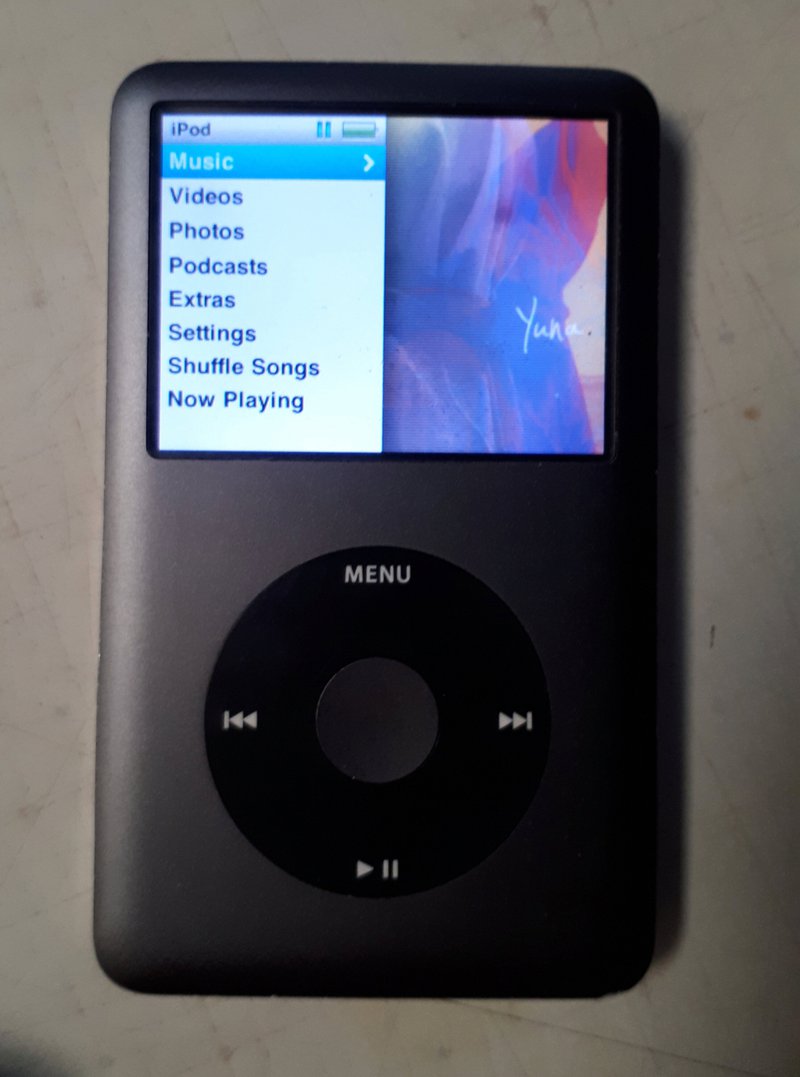
“It is well known in practice that repair of a failed item may not yield a functioning item which is ‘as good as new.'”
– Brown, Mark, and Frank Proschan. ‘Imperfect repair.' Journal of Applied probability 20.4 (1983): 851-859.
In our opinion, repairing broken things is a noble undertaking for anyone who is looking to reduce the waste we send to our landfills. In this world filled with people who breaks things, a repair-person is in demand, nay, GOLD. (It’s worth noting that a different person is tapped to help broken people.)
We should take note, however, that in order to achieve true sustainability, we must follow its top capital R’s in this order: Refuse, Reduce, Reuse, Repair, Rot, Recycle, and Rethink. You’ll notice that Repair is only fourth in order of importance, but important nonetheless.
What would be the problem if the item repaired isn’t as good as new?
It depends.
If the item is required to measure something, did repairing it restore its original calibrations? Did it improve or worsen? How do we even know if the output is accurate if the device itself could be inaccurate starting at the time of failure? There are more questions to be answered before and after a repair, and the answers to each depend on the complexity of the problem and the technical expertise of the handyman. Indeed, learning about proper diagnostics and troubleshooting are important skills to learn for a repairman of any trade.
As a kid, Ohio disassembled toy radios with a Philips screwdriver and examined the circuit board within, not really knowing what each part was for. Everything then looked foreign, but it’s in those moments that the Unknown became awesome.
The act of repairing isn’t a revelation. It’s a natural reaction, a sort of problem-solving tool, to anything broken, or are prone to breaking. Just look at the small stalls, formal or informal, by the streets that are more than capable to fix your watch, umbrella, shoes, electric fans, washing machines, televisions, refrigerators, etc.
Today, anyone can begin learning how to repair broken stuff. While technical expertise helps, a quick search in YouTube for repair tutorials will yield that many of them are created by people enthused by the prospect of helping others repair their own things. If, you think the proper tools matter, why, yes, they do, but some of them can be borrowed from your friend or neighbor.
Now, the iPod
This recent fascination lead me to hound for broken things to practice my novice repair skills with. I had no specific rubric with which to refer to when it comes to what exact kinds of things to fix, but I guess the main driver would be, repairing it would bring its functionality back and add value (again) to life.
In my search, I saw Isya’s iPod tucked away in a drawer, unused, almost forgotten. I asked her immediately what was its problem.
It wasn’t turning on, even when we tried plugging it to a power source. She also vaguely recalled that she might have rolled over it.

iPod’s UNREPLACEABLE BATTERY LASTS ONLY 18 MONTHS (c) Neistat Brothers
I remember watching a Casey and Van Neistat video that went viral in the early naught’s, titled “iPod’s Dirty Secret”. It exposed that “iPOD’S UNREPLACEABLE [sic] BATTERY LASTS ONLY 18 MONTHS”. At the time, to refurbish the iPod with a bust battery, the owner would have to send it back to Apple’s Customer Service and pay around US$ 250. At that price, why not just get a new one?
This Apple behavior should not surprise anyone. Apple is still screwing over their customers today by continuously blocking third-party repairs, and also lobby against Right to Repair legislation currently being put forward in the US. That’s why it’s better to “take advantage” of their devices that are still repairable. One of them, fortunately is this iPod.
This business strategy, though, isn’t exclusive (shocking!) to Apple’s iPods, nor to Apple (even more shocking!), for that matter. In the time of Thomas Edison, incandescent light bulbs’ filament was changed from carbon to tungsten – the latter being thinner than the former, and thus cheaper to reproduce – so that selling them had become more profitable because of planned obsolescence. We’re sure there’d be more of them now and in the future, as people seem to idolize the likes of both Steve Jobs and Thomas Edison, “innovators” that they were.
Many other companies continue to sell their products with planned obsolescence. This means that the product – in many of them, electronic device – is designed to break down after a few years of regular use. Worse, when they do break down, it’s constructed to be difficult to open. They also don’t share the repair manual. If one did manage to open it, the parts are either glued together (so that picking them apart is difficult), attached to the case with incompatible screws, or their replacements are hard to find.
Isya’s iPod – an interstitial
When Isya’s sister won grand prize for an art competition, she (the sister) gave Isya an iPod Classic (what is now known as 7th gen) as a gift. Although it was only recently that I found out about its origins, the sentimental value only reinforced the need for my restoring it.
What Happened Next
So, amid the lull between bid-thee-well and borrow, Isya was convinced to let her iPod Classic have an overhaul. This was after the research had already been conducted on the matter, what parts to buy, what tools to pry it with, and so on.
At the outset, it’s important to have a guide one can work with, unless one has the natural wits to deal with a complex electronic device. The starting point for this project was Geek Detour’s video. It’s informative as well as entertaining. Everson Siqueira, the channel’s host, also details what he did wrong, so the viewers can learn from his mistakes.
The Repair Process
Here’s the list of things bought online:
- iFlash-Quad microSD Adapter. This Solid State Drive (SSD) would replace the old onboard Hard Disk Drive (HDD), requiring less battery usage while improving loading speed.
- Special prying tool for iPod Classic. This is also listed in the iFlash store.
- MicroSD Cards. Look for the info listed on iFlash site as to what cards would work well with the adapter. At the time of this writing, we bought two (2) pcs of Lexar 64GB microSD cards. There are two (2) remaining slots, which we might use some time in the future.
- Replacement battery
The original plan was to have the iPod up and running again before our first international trip together, scheduled on mid-June 2019. We would stock-pile on playlists and listen to them on the plane for the two-something hours of flight to Taipei.
Of course, we junked that plan in quiet unison. The role of the iPod, while it has surfaced, had not been fully realized, not with its upgrade parts still not coming together. My reasons for not facing this project for some time now should be incredible, and some of them, familial in nature, are; however, it took a few more weeks past our Taiwan travel before I, a self-appointed repair-person, got to finally sit down with the tools and parts and do what I had been intending to do in months before.
If we were to include in the process the time we had to wait for the items to be delivered, then this whole fiasco lasted about three months, including the time Ohio spent in lethargic limbo. Life happens, and sometimes things get less exciting even on those we thought we’re truly passionate about.
Upgrading Isya’s iPod turned out to be a success, of course, but as the title implies, the state in which it has been put in now is below standard. Look:
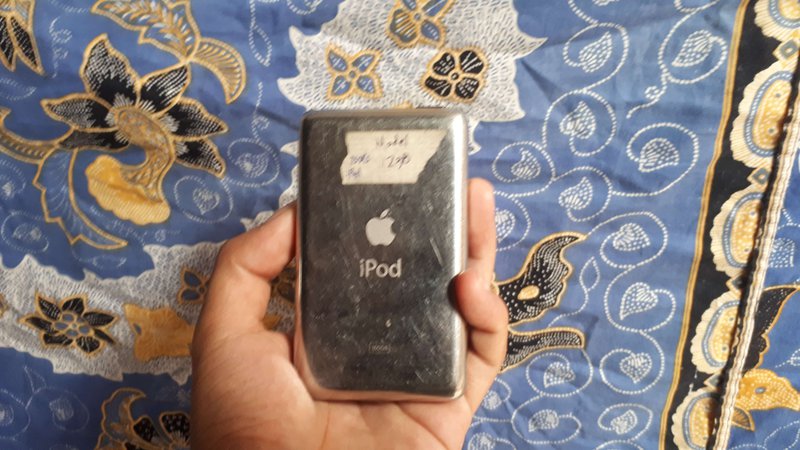
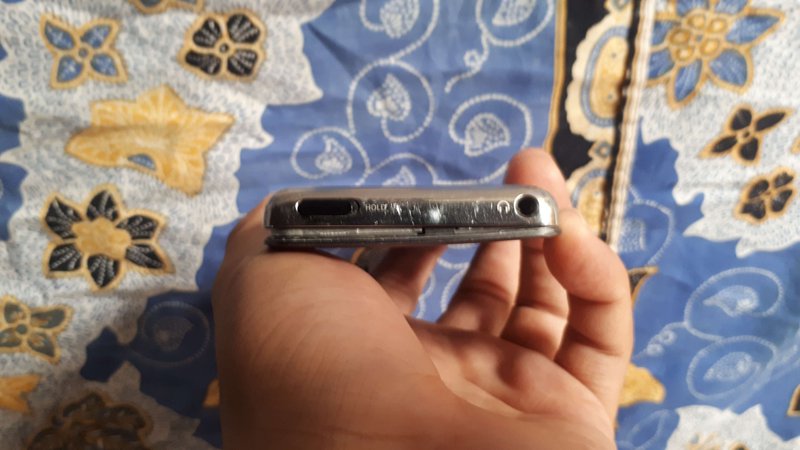
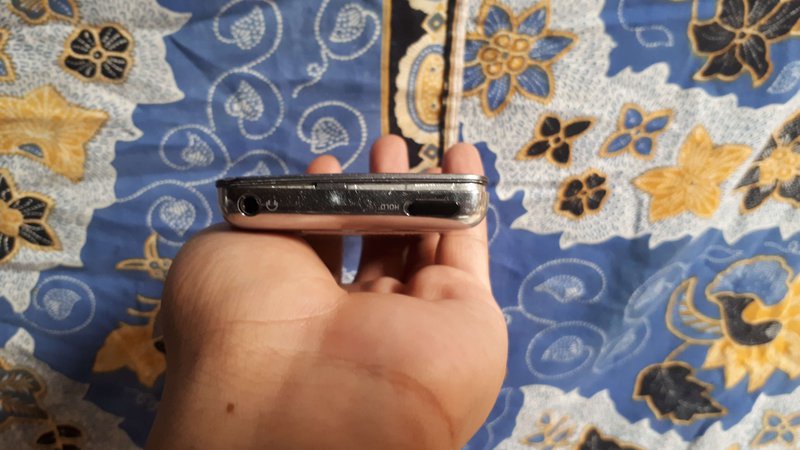
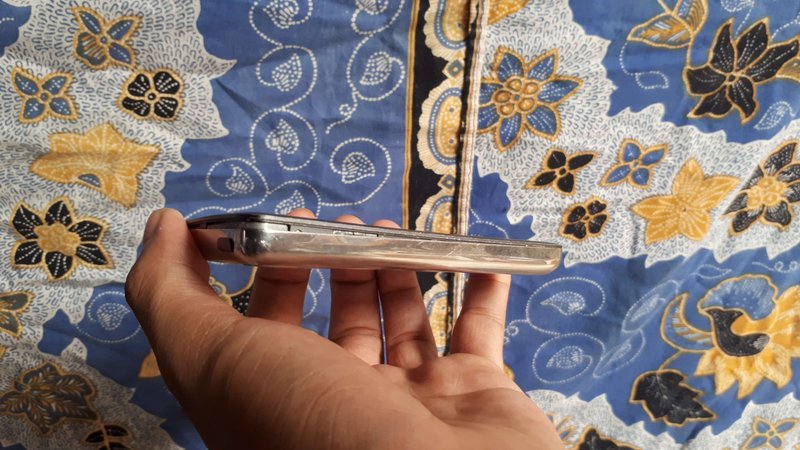
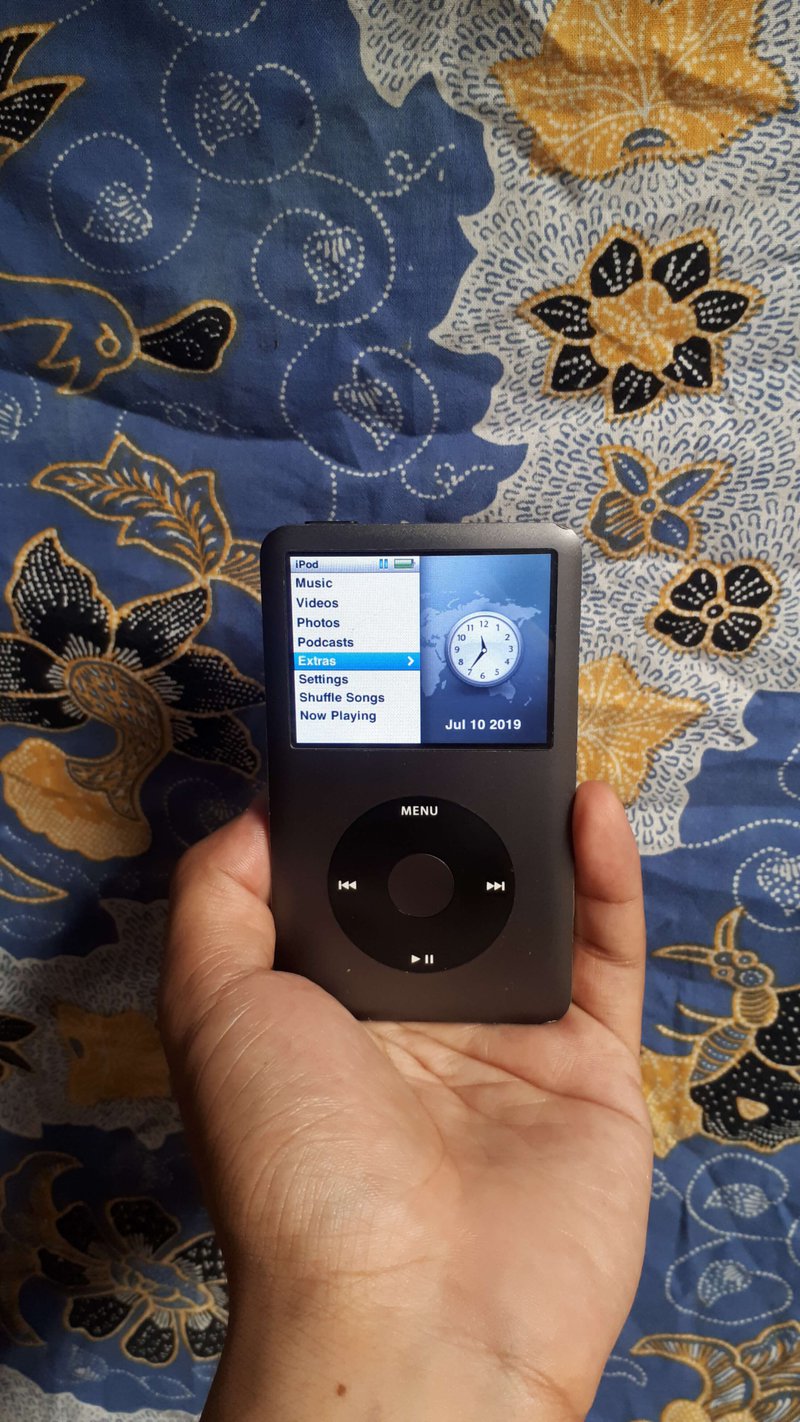
We can’t figure out what’s blocking the components inside, preventing a complete close of the back panel. It could be brute-forced to close, but we reckon this might damage the LCD screen, or pierce the battery, or what-have-you. We’d like to think that we did all the steps correctly, but Isya commented that it could be that the battery used was an ill fit for the the iPod.
A proper repair guy would retrace the steps he did to figure out what went wrong where, but I think troubleshooting is better saved for the future as a separate endeavor.
But it isn’t stupid if it works, right? This iPod lives on, then. -o)-
Go back to Index